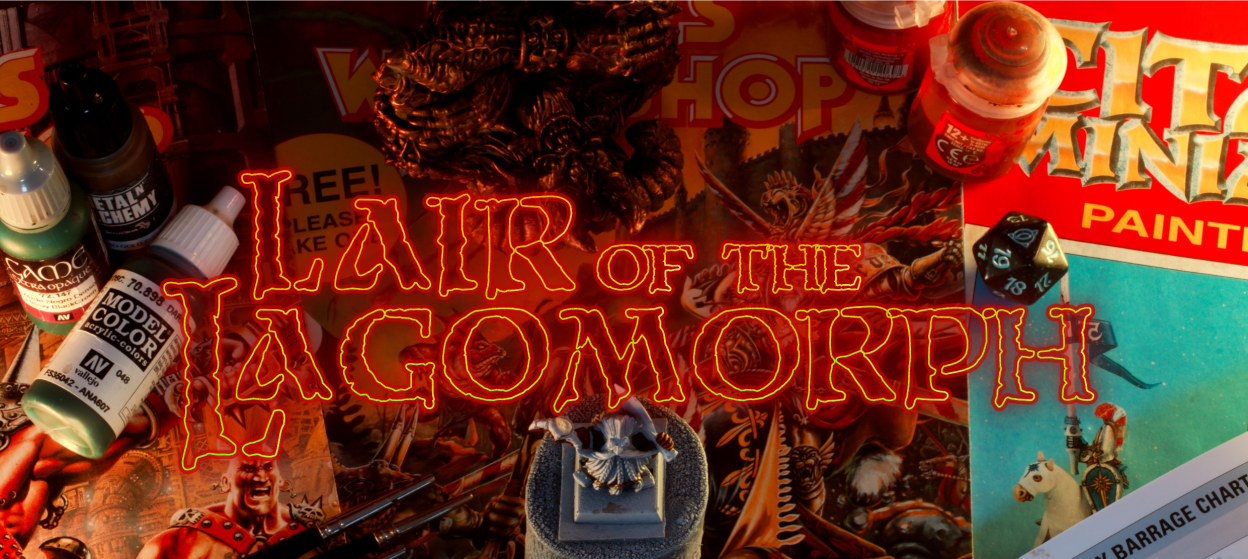
I decided that while the motivation to paint tanks is there, it should be fully utilised! I still had 3 Cromwell tanks to paint up before we could play this big tank battle, so after finishing up the last post, I decided to keep going.

I decided to paint them as 7th Armoured tanks, as North Africa is also a campaign I’m fond of and the Desert Rats are hard to pass by! The kits came with decals for the 7th which made life easier, although I don’t believe the regimental number decals are correct, as all the reference photos I could find had them with a stag head in the top half and the number in the bottom half. Still I’m not enough of a stickler to let get in the way of finishing these!

British tanks are somewhat simpler to paint than the German camo, being simply a single colour all over, but I otherwise replicated the process I used on the German tanks last post. The decals are a mix of the ones that came with the warlord kits (the regimental numbers, the unit symbols), the allied star warlord decal sheet for the stars on the turrets, and the registration numbers from the Italeri version of the same kit (while these are Warlord branded, Italeri produces them, and sell their own version of the kit). I’m glad I had all these on hand, I think together they make a pretty complete picture, and am a little disappointed that all the decals I think are needed are not just in the box.


Some of the decals aren’t the straightest but then I remember that a lot of these were hand stenciled on, so some variation may be somewhat more realistic (at least it’s a useful excuse 😉 )
These were fun and very quick to paint, now I just have to figure out how and when to have this big tank battle!
























